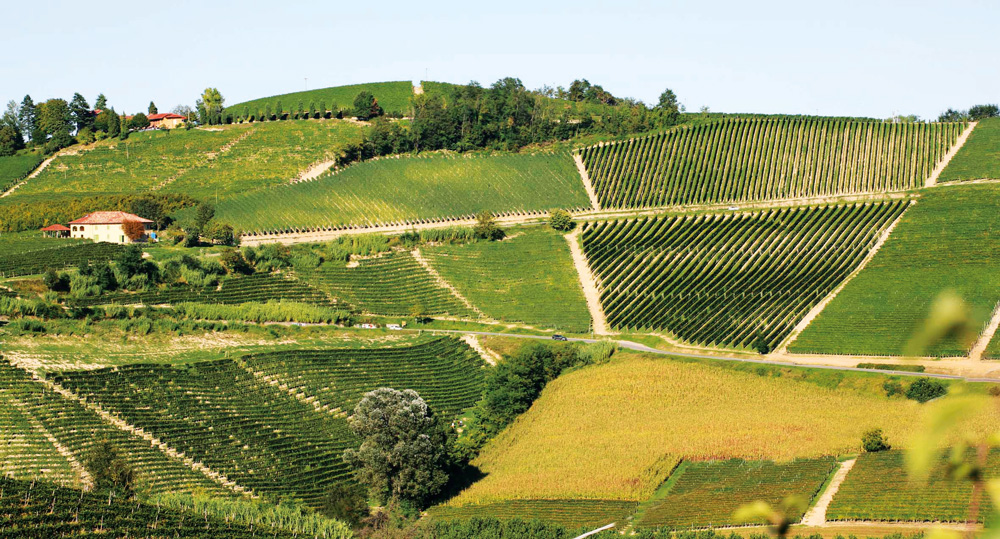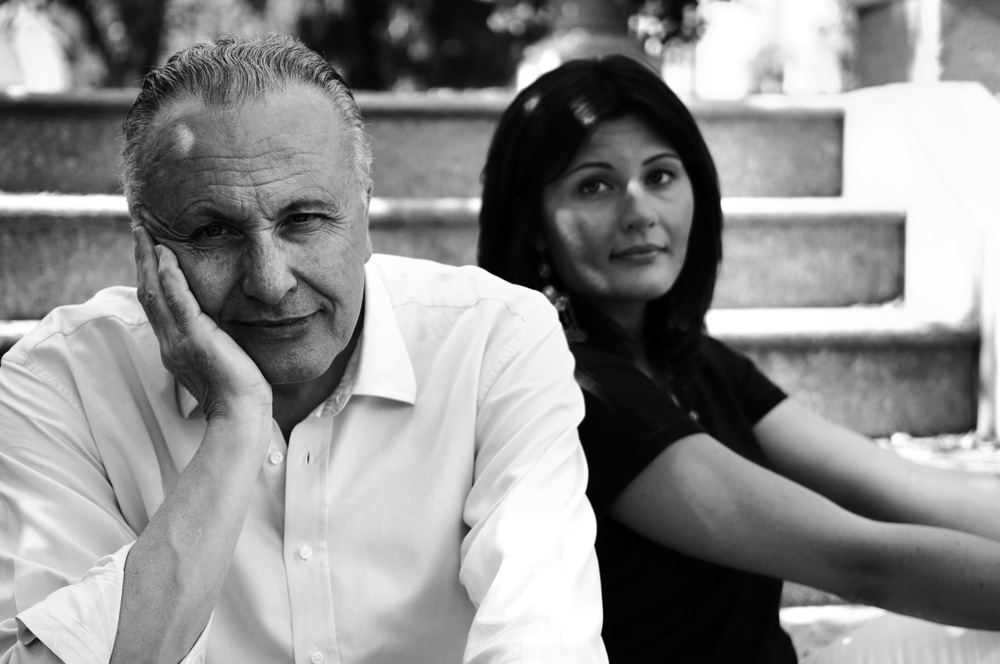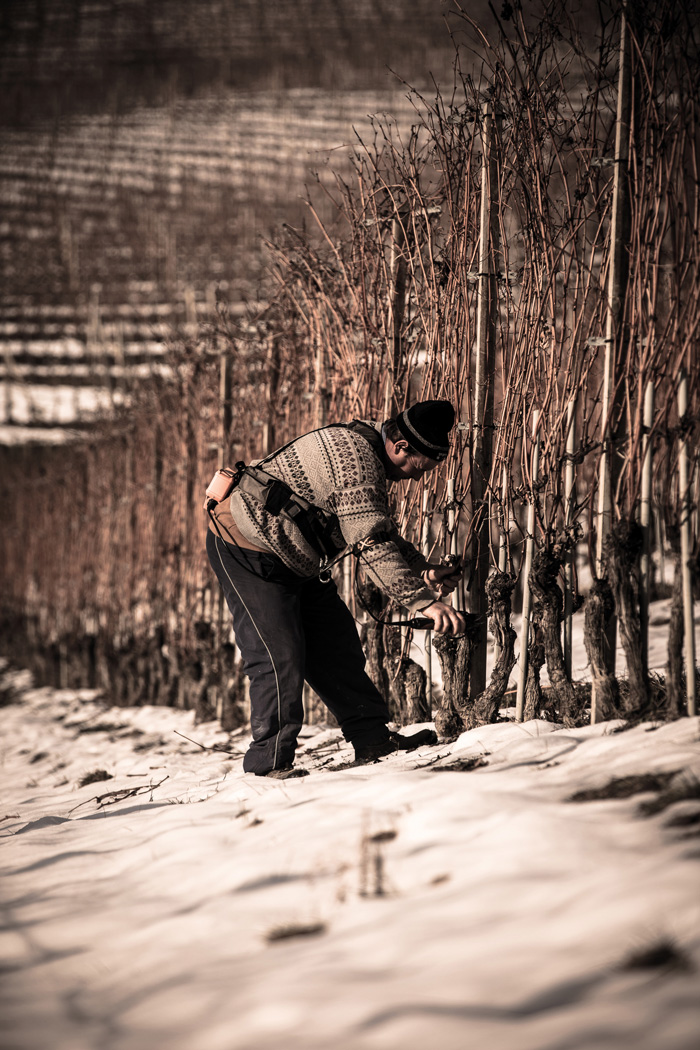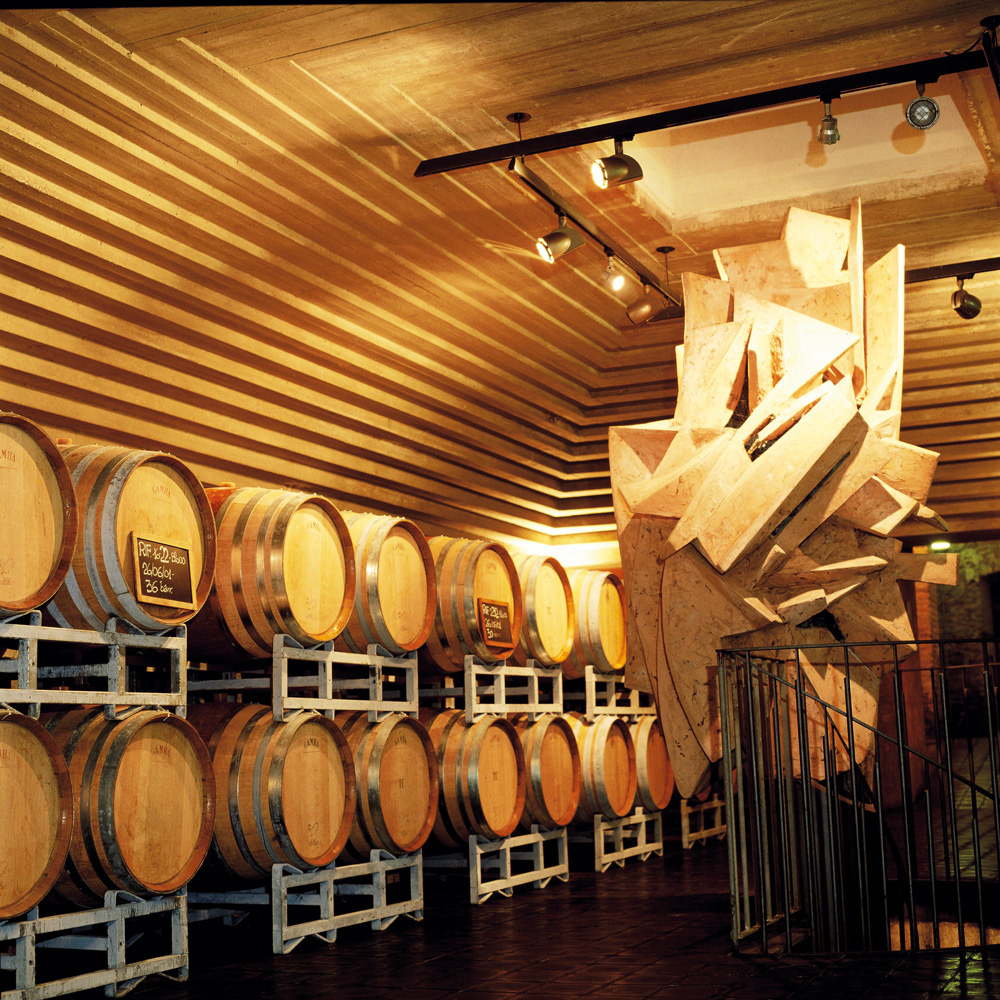As charismatic and relentless as her father Angelo, fifth-generation Gaia Gaja of Gaja Wines is taking aim from Langhe to Sicily, placing ‘a volcano on a volcano’.

Angelo Gaja was a driving force in Italian wines, helping to raise its overall status in the 1960s from cheap and cheerful to respected powerhouse. He presciently innovated earlier than his peers in Piemonte, introducing French-style barriques, tannin management, lower yields, and sheer marketing chutzpah as he expanded Gaja Wines to its current four estates around Italy. Although the 79-year-old patriarch did not accompany his eldest daughter Gaia Gaja on this particular trip to Singapore, the presence of ‘the King of Nebbiolo’ and the weight of his five decades of achievements are much felt.
A Family Raised On Wine
In a family where alternating generations named their sons either Angelo or Giovanni, the Gajas were good at hospitality. The original Giovanni owned a trattoria in the 1800s, and his son Angelo founded the winery in 1859 to supply wine alongside the food. The next Giovanni, Gaia’s grandfather, conceived the striking red and black GAJA lettering on the bottle in 1937, while current scion Angelo innovated, expanded to Bolgheri and Tuscany, and opened new markets globally. All three of Angelo and wife Lucia’s children are now working together at the winery – Gaia, Rossana and Giovanni.

There was a time during her teens when Gaia felt constricted by tiny Barbaresco, a town of 600-odd inhabitants. Today, her father quips that she lives closer to the winery than he does. She studied business administration at the University of Pavia, graduating in 2003 before working for one year in San Francisco where she first tasted dim sum and enjoyed a cosmopolitan lifestyle. But the hills called her back. “It’s not about the job or work,” she describes in her perfect English. “Langhe is beautiful, it’s who I am. When you talk about wine, you talk about the region – its culture, expression, taste, style and idea. Barbaresco the wine is not the louder one that catches your attention right away; it’s almost like flowing, aromatic, tasty water!”

Working with Angelo for the past 15 years has brought their two minds together on how to approach pressing problems, such as climate change. An early attempt by Gaia to turn to biodynamics was vetoed by Angelo in favour of a learning approach, one which Gaia currently admits is the better path for them. In the spirit and respect of biodynamic principles, the vineyard is teeming with life, from their own composting that nourishes the soil, to ‘insect hotels’ and cypress trees that bring back bird life. The aim is not just vine health but overall organism health as an indicator of healthy grapes, with collaborators ranging from botanists and apiarists to students from the University of Bologna who are fighting diseases.
“I am the same age now as my father was when he planted Cabernet Sauvignon in Langhe (1978) and Chardonnay in Treiso (1979),” reflects Gaia, who turned 40 this year. In both instances, he scandalised his neighbours but produced superb wines that soon had others following in his steps. The Gajas believe that Italy’s next successes will be in white wine, which led them to establish a joint venture with Alberto Geraci in Mount Etna, Sicily a couple years ago, to make Carricante but also now, a promising foray into reds with the indigenous Nerello Mascalese.
Wines from Nerello Mascalese was in the past considered too light for Italian tastes but has shown its elegance and complexity in recent years with modern winemakers. Grapes are inching higher up the slope, anything from 800-1,200 metres above sea level, making it one of the highest elevations in Italy and also where cooler temperatures will soften the impact of global warming for many years yet. Gaia is two years into the branding of the new vineyard, which she reveals is likely to be called Idda, for “she” – the active volcano of Mount Etna herself. By the time Gaia shares that the local Sicilian folk quip about Gaja being the “new volcano on the volcano,” it seems certain to me that it’s the new face of the brand that they’re referring to.
